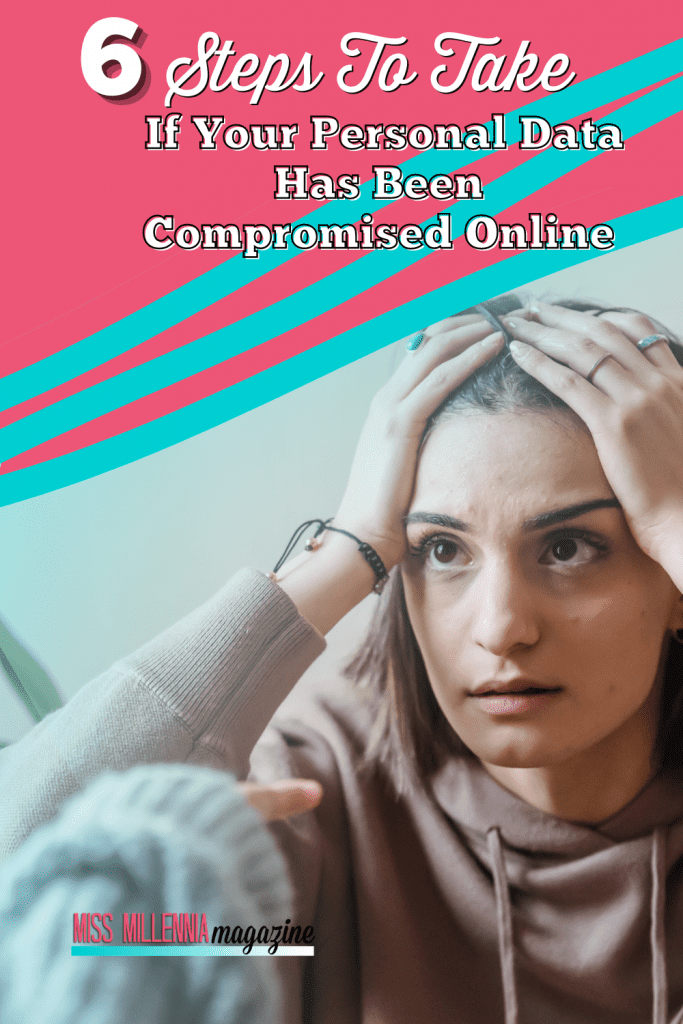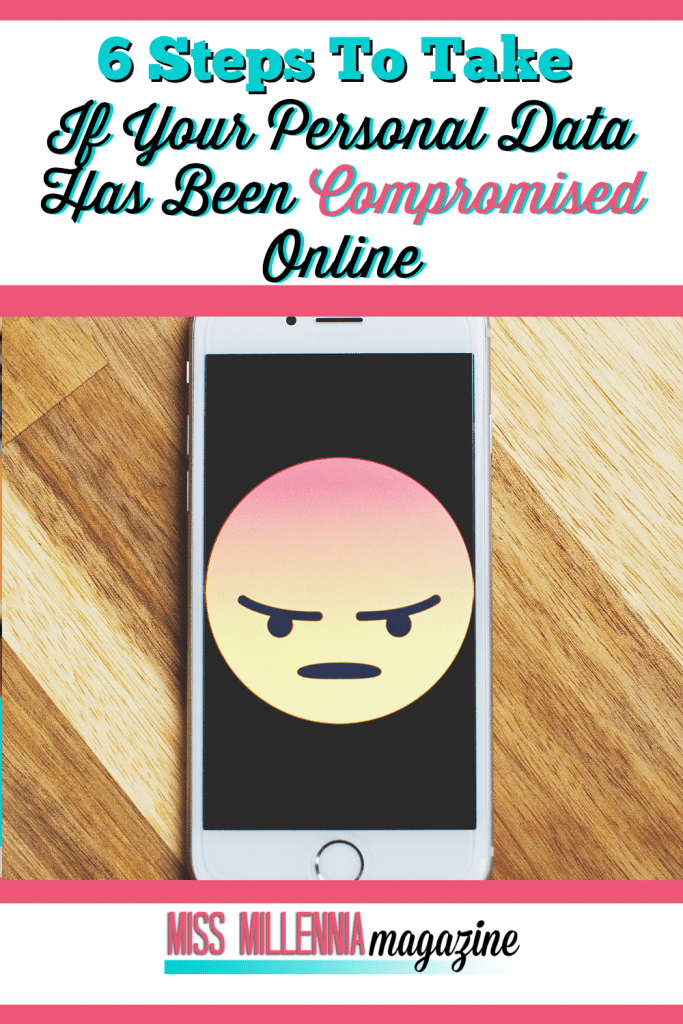6 Steps To Take If Your Personal Data Has Been Compromised Online

Today, more than 3.5 billion people share the online world. Whether you’re a blogger, an eCommerce business owner, a frequent user of social media platforms, or a habitual online shopper, the chances are that you’ve built up some personal data on the internet— data that can easily be compromised.
About 15 million people experience identity theft every year, resulting in $50 billion in financial losses. While there are several things you can do to protect your online data, what are your options if your personal data is stolen? Here are a few things you should do.
Understand & Prepare For The Risks
In order to take the right actions when your data is stolen, you must know and prepare for the risks involved. In this case, the most probable risk is identity theft. The FBI defines identity theft as a crime that occurs when someone illegally takes another’s personal information to commit other crimes.
Identity theft comes in various types, including synthetic, financial, criminal, and child identity theft. Criminals can access your information through various means, such as credential stuffing. However, what is credential stuffing? This is an attack that allows intruders to steal usernames and passwords with the help of bots.
File A Claim

If you already have identity theft protection insurance, the first you’ll want to do is file a claim with your insurance provider and let them guide you through the necessary steps. However, it’s important to note that this step does not automatically restore your data, so the next step is also important.
Inform Your Banks
If your banking information is compromised, notify your bank or financial institution of the breach. Your bank will guide you through the stages of fixing the situation, which may include halting any transactions for a period or initiating a process to recover your lost funds if the intruder has already made contact.
If you lose personal information while running your blog or online business, you should notify all your business partners immediately. Advise them to halt any business dealings with any entity purporting to be you until further notice.
Change Your Passwords
It’s always a good idea to change your passwords regularly, on average, every three months. But should you find personal information compromised online, it’s important to change your passwords immediately. Your new password should be stronger and even more unique than your precious ones.
Also, avoid using the same password for all your online accounts. If managing different passwords is too confusing, try using a password manager. The last thing you want to do is store your passwords on your phone or write them down in a diary, as these options aren’t secure.
Discover the Source

An important part of correcting the problem and preventing further compromise of personal online data is discovering the attack’s origin. Whether someone has hacked your blog, website, banking details, or social media platforms, try tracing the source of the attack.
And a few questions can guide you here. Opened an email from a sender you can’t verify? Downloaded any attachments emailed to you? Used an eCommerce platform that has experienced cyberattacks recently? Exposed your blog’s administrative details to an unauthorized person?










